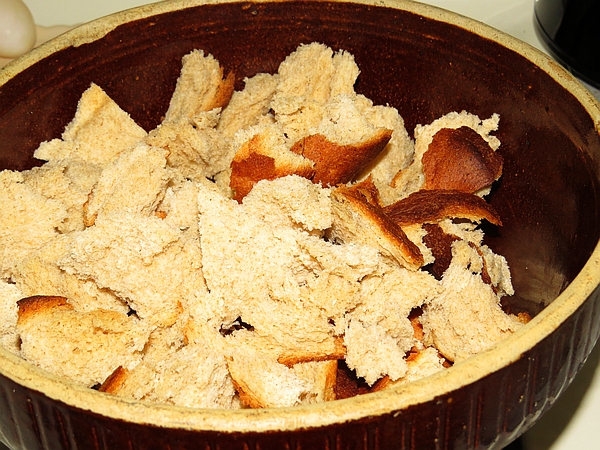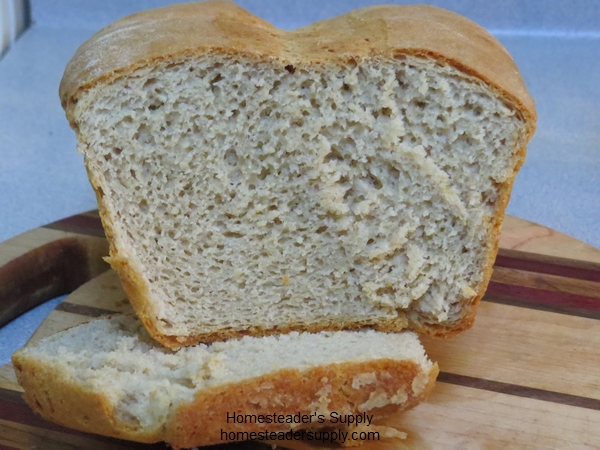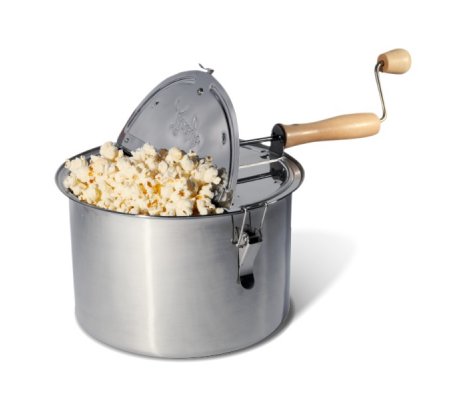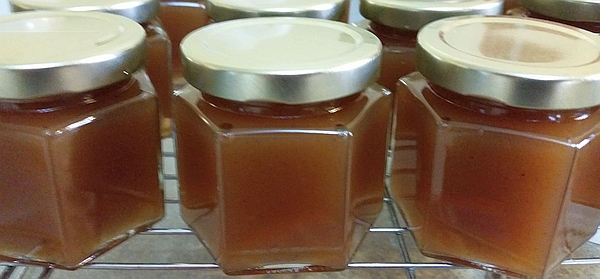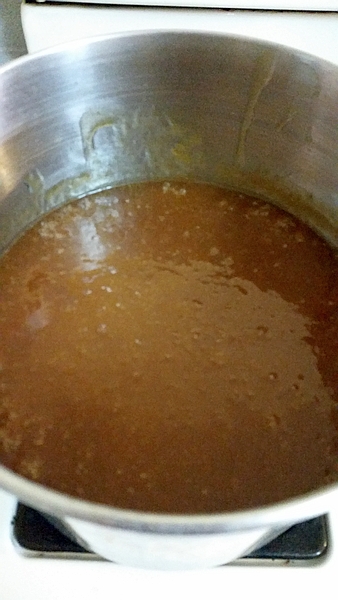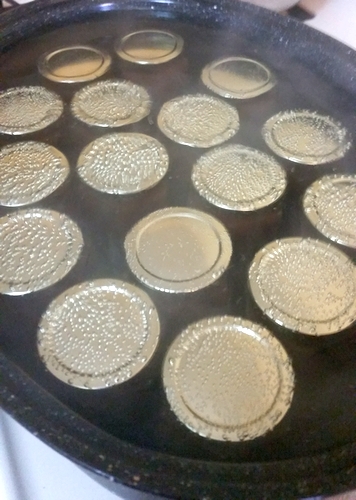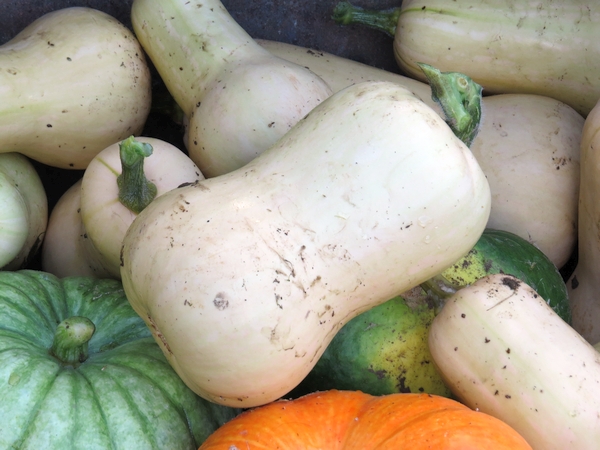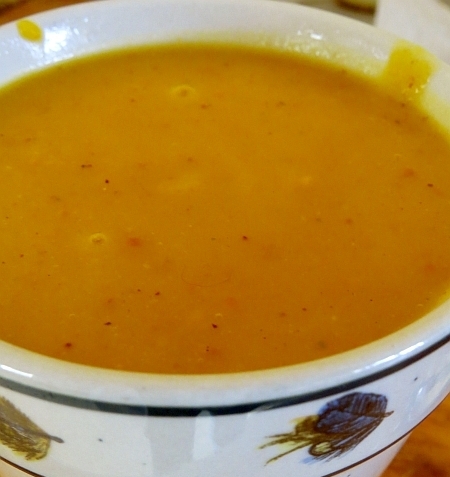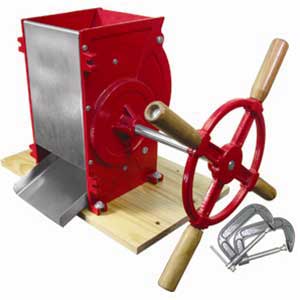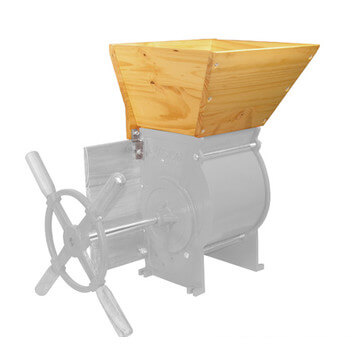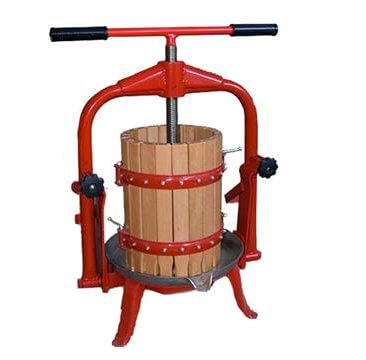Bread Stuffing Recipe
This recipe may be downloaded, sent to the printer and picked up on your way to the kitchen.
It happens every year, about two weeks before Thanksgiving. The obsession resurfaces, creeping in, taking over my subconscious, making my stomach growl. Thanksgiving dinner. Stuffing. I use a friend’s bread stuffing recipe that makes my mouth water! I like to keep it simple and tasty. Our stuffing has never been fancy. Nana made a potato based stuffing. Or was it dressing? Stuffing? Dressing? What do you call it?
I make a bread based stuffing when it’s my turn to host Thanksgiving dinner and when I’m stuffing a roasting chicken. I sometimes make stuffing to go with chicken pieces. Stuffing doesn’t have to be stuffed, after all. Maybe that’s when it becomes dressing! Maybe stuffing is dressing when it’s a side dish.
Saving stale bread is a time saver. It doesn’t matter what kind of bread I’ve made, it works. Remember the sour dough bread we made using the Pickle Pro for the starter? The flavor of sour dough adds a lot to stuffing.
If you don’t have stale bread you can make bread specifically for stuffing. I use whatever bread recipe I’m making at the time and add Italian or poultry seasoning, garlic powder, onion powder and pepper to half the batch of bread. Bake it as usual. You can add more seasonings when you make the stuffing if necessary.
Bread Stuffing Recipe
This recipe is based on one pound of bread. Multiply as needed. It’s best if made a day ahead of time. Store in the refrigerator overnight. Stuff the turkey (or chicken) right before roasting, or bake in a buttered casserole or Dutch oven. This is great cooked ahead of time and reheated. I put it in the oven to warm when the turkey has finished cooking and is resting before carving.
Tear one pound of bread into large pieces. It will condense when you add stock.
4 medium celery stalks, chopped
1 medium sweet onion, chopped
2 large apples, peeled, cored and chopped
1 tsp ground or 2 tsp fresh sage (I use a lot more as I love sage)
Salt and pepper to taste
1 to 1 1/2 cups turkey or chicken stock
Combine all ingredients, adding stock slowly until you get the consistency you want.

